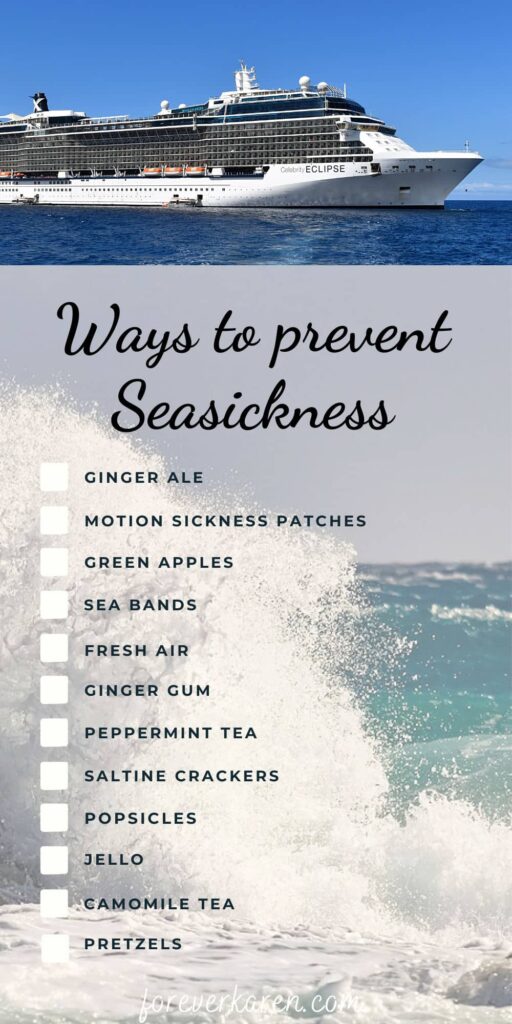Table Of Content

Doctors on cruise ships are independent contractors and set their own rates. Tests, medications and the use of equipment, like X-rays, will be charged separately. Before COVID-19, colds and other minor respiratory illnesses were not taken as seriously as they are now. If you have any respiratory symptoms on a cruise, you may be asked to take a COVID test—likely on multiple days and with swabs of both the mouth and nostrils—to rule it out. If COVID-19 is ruled out and the ship’s doctor thinks you likely do have just a cold, no one else on board wants to get a cold or other mild illness either.
I've heard about people getting stomach bugs on cruises. How can I avoid that?
In very rare cases it can last longer if left untreated, and cause the traveller to suffer for the duration of their cruise (and sometimes beyond, up to a couple of weeks). If you have any medical conditions or take any medications, it’s important to talk to your doctor before booking a cruise. Some medications can increase the risk of motion sickness, and your doctor can help you with this. If you’re cruising to an area that’s known for rough seas on board a smaller, older ship and you have a cabin right at the top, then there’s a good chance that you may feel a little queasy at some point.
Can A Cruise Ship Tip Over? (Separating Fact From Fiction!)
A physically demanding experience is not fun if you end up unable to do it. You'll want to drink lots of water to stay hydrated, especially when visiting a tropical or otherwise hot locale. Lightheadedness and headaches caused by dehydration are common issues with cruise passengers. Cruise ships no longer require passengers to show proof of COVID-19 vaccination, but before you travel, it's a good idea to make sure you're protected against common, preventable illnesses. It's wise to take some easy precautions to prevent the heartbreak of missing a beach day or, even worse, being sick in bed for half your cruise. One thing the COVID-19 pandemic taught us is how easily germs can spread.
Will insurance cover me if I get sick on a cruise?
Cruise week report: Cheapest NCL cabin, motion sickness, best time to cruise the Mediterranean and more! - Cruise Blog
Cruise week report: Cheapest NCL cabin, motion sickness, best time to cruise the Mediterranean and more!.
Posted: Fri, 05 May 2023 07:00:00 GMT [source]
Equipment is required to assess and monitor vital signs, administer medications and IV fluids and process some lab tests like checking blood sugar and electrolyte levels and diagnosing some infections. Other typical onboard equipment includes defibrillators, ventilators, cardiac monitors and stretchers. To protect you as well as your fellow passengers and the crew, cruise ship staff screens passengers for health issues prior to boarding. You’ll be asked to fill out a form that addresses health questions and illness symptoms like fever, vomiting and diarrhea. You may also have your temperature taken by walking through a thermal-imaging scanner.

Choosing the right stateroom
Please note that if you or your child cannot keep food or water down and other medicines are not working for you, a suppository may be your best option. Suppositories are often the best remedy for seasickness if you can’t keep anything down. Seasickness medicine is easily the most reliable route to keeping the good times rolling on your cruise.
If a ship experiences an outbreak, the crew will take measures to increase cleaning efforts and reduce self-service food options. If you get sick, it's best to remain in your cabin until symptoms pass so you won't spread the illness to other passengers. If you indicate that you have been feeling sick, you will be pulled aside for a quick checkup. If the ship's medical personnel determine that you're feverish, contagious or otherwise ill, they have the authority to prevent you from boarding. No one is going to call you out for sneezing or coughing in the check-in line for your cruise.
To provide context, when I would get seasick without trying any remedies, I felt like I would rate my sickness feeling at 7 out of 10. A word of caution – often taking medication to remedy or even prevent motion sickness symptoms as soon as they start is most effective. There are also non-prescription seasickness prevention patches available, that many use and find effective. If you think that you may be prone to motion sickness, it’s a good idea to take along seabands for both adults and children, in case. In our experience, worked very well, alleviating seasickness symptoms without drowsiness. While I prefer not to eat raw ginger, I always bring some ginger candies and usually find them very effective in preventing seasickness before it starts.
Someone who has a heart attack or a stroke might be initially treated on board with a defibrillator or thrombolytic medications (which can help break up a blood clot). However, cruise ships’ infirmaries are not hospitals, and they are not equipped to treat every health problem. Should the ship’s doctor decide that you need care at an onshore hospital, they’ll keep you as safe and comfortable as possible until you get there. However, it’s wise to make a cruise packing list and travel with the medications or remedies that you know work for you, like Dramamine, Gravol or a motion sickness patch. Many people rely on sea sickness bracelets that activate a pressure point on the wrist. That's why it's prudent to invest in a cruise travel insurance policy and be prepared for the unexpected.
However, let me assure you that a large cruise ship will feel nothing like the movement on a small boat or even a ferry. They mean well, but on some cruises you’ll feel more movement then others, so it’s best to be prepared. Seasickness is another way to motion sickness, but on a cruise ship. You may also have heard the expression, “mal de mer”, which is French for sickness of the seas.
Perspective For some unlucky travelers, 'disembarkation sickness' strikes after the cruise is over - The Washington Post
Perspective For some unlucky travelers, 'disembarkation sickness' strikes after the cruise is over.
Posted: Thu, 07 Nov 2019 08:00:00 GMT [source]
They may prescribe you a scopolamine patch that you apply up to eight hours before. There are also stronger prescription drugs that your doctor may recommend. The middle of the ship is generally the calmest area and best for avoiding seasickness. When you can, spend time in the central parts of the ship to avoid any potential motion sickness. Most people do not get seasick on big ships in places such as the Caribbean and Alaska, where the motion of the ocean is typically slight. Additionally, choosing a cabin in the middle of the ship, closer to sea level, may also help minimize motion and reduce your risk of experiencing seasickness.
You can ask at the Guest Services desk, and they can usually provide you with some complimentary tablets. It does the best job when taken the night before the cruise, and then again an hour before sailing. This can help with being able to enjoy the sights and sounds of the cruise without feeling ill. If the weather is nice enough, spending time on the outdoor decks can provide relief and a beautiful view of the sea. Additionally, drinking can affect your judgment and make it difficult for you to make the best decisions about how to handle the situation.
Keep a water bottle with you at all times and aim for at least 2 litres of water per day. Eating fruits and vegetables with high water content like cucumber and melon can help to keep you hydrated too. Thankfully, there are some steps you can take to help survive a cruise if you get seasick.
Another natural remedy for dealing with motion sickness while cruising is ginger. If you don’t want to eat raw ginger, you can buy ginger candies or even dried, sugar coated natural ginger. The tips that I share below will help you to manage any seasickness symptoms.



